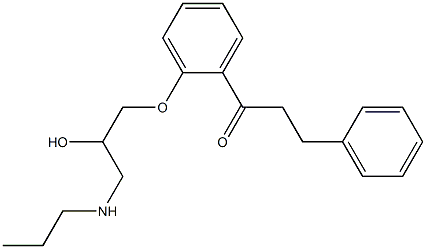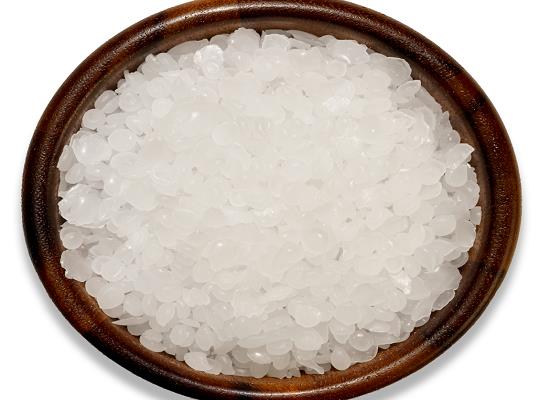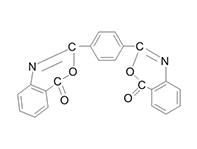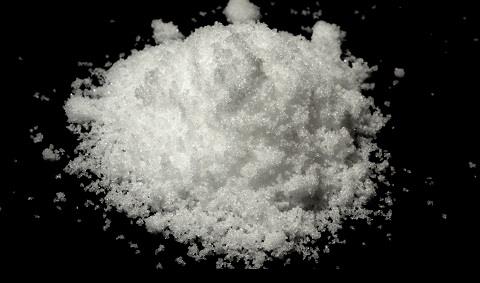Pharmacology of Paraffin wax
General description
Paraffin wax is a solid crystalline mixture mainly composed of straight-chain (normal) alkanes CnH2n+2(simplified as Cn) (90−95% w/w),1which is derived from fossil fuels, such as petroleum, coal, or oil shale, even if it is a complex hydrocarbon mixture, it has no fixed chemical formula. The main component of paraffin is the mixture of C and H. (may contain oxygen, but this is not major) its chemical formula is CxHy. For example, c20h40, c21h41 and c22h42 are also known as crystalline waxes. Hydrocarbon mixtures with carbon atoms of about 18 ~ 30 are mainly composed of straight chain alkanes (about 80% ~ 95%), as well as a small amount of alkanes with individual branches and monocyclic cycloalkanes with long side chains (the total content of both is less than 20%). Paraffin wax is a kind of flake or needle crystal obtained by solvent refining, solvent dewaxing, or wax freezing crystallization, press dewaxing from the lubricating oil fraction of crude oil distillation, and then deoiling and supplementary refining. According to the degree of processing and refining, it can be divided into fully refined paraffin, semi refined paraffin and crude paraffin. According to the melting point, each kind of wax is generally divided into different varieties every 2 ℃, such as 52, 54, 56, 58 and so on.
Chemical and Physical property
Paraffin wax deposition has long been a vexing problem in industry. Especially, in offshore oil production, paraffin wax deposits and clogs pipes and containers because of low temperature, causing severe economic loss. It has been known that the crystallization of n-alkanes mainly causes the deposition of paraffin wax, which is necessary to understand the mechanism of the crystallization behavior of paraffin wax. We solve the challenge of describing the crystallization behavior of the alkane mixture system and evaluate the contributions of every carbon atom to crystallization based on the occupied volume, structure entropy, and order parameter. These results demonstrate that the middle atoms are the main contributor to crystallization, and the end atoms of n-alkanes are unfavorable for the crystallization of n-alkanes, showing that increasing the number of end atoms, for example, adding branched alkanes, will hinder the crystallization of paraffin wax. Furthermore, perhydrosqualene is chosen to study the inhibition of crystallization by adding branched alkanes. As there are different properties between the end and the middle atoms, based on the principle of dissolution with similar properties, a small number of branched alkanes will promote crystallization. Also, an inhibitory effect of the end atoms is observed when the proportion of branched alkanes increases to a certain percentage. Our simulation work describes the crystallization behavior of paraffin wax in detail, providing theoretical assistance for preventing and controlling paraffin deposition[1].
Figure1 The problem of araffin deposition
Application and Pharmacology
Crude stone wax has high oil content and is mainly used to make matches, fiberboard, canvas, etc. Fully refined paraffin and semi refined paraffin wax are widely used. They are mainly used as ingredients and packaging materials for food, oral medicine and certain commodities (such as wax paper, crayons, candles, carbon paper), coating materials for baking containers, preservation of fruits, insulation of electrical components, improvement of aging resistance and flexibility of rubber. It can also be used for oxidation to produce synthetic fatty acids.
1.An initial steep decline in dislodgeable spinosad and smaller decreases after subsequent periods of rain. In a small-plot Þeldtrial, fruit infestation by apple maggot in plots treated with a mixture consisting of 16.7% GF-120 and19.2% wax was less than in plots treated with 16.7% GF-120 without wax but not less than in control plots. Overall, we found that adding parafÞn wax emulsion to GF-120 increased rainfastness in laboratory bioassays, and speciÞcally that it retained the active ingredient spinosad. However, our Þeld data suggest that optimal rainfastness requires the development of mixtures with 19.2% wax, which may preclude application using standard spray equipment[1,2].
2.To transport these fuels, especially, waxy crude oil, when the ambient temperature drops to the wax appearance temperature (WAT), paraffin wax can deposit on railcars, crude tank walls, and pipelines Therefore, paraffin wax deposition will increase the energy consumption of transportation, and at the same time, paraffin wax adheres to the walls of pipes and containers and will attract amines to the walls, causing local corrosion. Thus, the problem of paraffin deposition will cause a substantialfinancial loss. For example, severe and frequent paraffin deposition in the Lasmo oilfield in the UK will cost of 100 million dollars. In addition, the deposition problem is widespread and exists in the transportation of crude oil almost everywhere in the world. During the late 20th century, the problem of paraffin deposition became severe because exploitation of oil gradually shifted from land to sea. The paraffin deposition problem becomes more acute because the temperatures in the deep sea are much lower than those on land. Though the composite of crude oil is very complex, it is generally believed that the deposition is caused by the crystallization of n-alkanes in paraffin wax[3].
Reference
1.Wang J., Hao Y. & Zhu B. et al., "Crystalline Behavior of Paraffin Wax," The Journal of Physical Chemistry B, Vol.126, No.4(2022), pp.985-995.
2.Teixeira L. A. F., Wise J. C. & Gut L. J. et al., "Paraffin Wax Emulsion for Increased Rainfastness of Insecticidal Bait to Control Rhagoletis pomonella (Diptera: Tephritidae)," Journal of economic entomology, Vol.102, No.3(2009), pp.1108-1115.
3.Mir-Bonafé J. F., Serra-Baldrich E. & Rozas-Muñoz E. et al., "Baños de parafina para el tratamiento del eccema crónico de las manos," Actas Dermo-Sifiliográficas, Vol.108, No.3(2017), pp.261-264.
Related articles And Qustion
See also
Lastest Price from Paraffin wax manufacturers
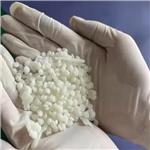
US $100.00/kg2025-11-15
- CAS:
- Min. Order:
- 1kg
- Purity:
- 99%
- Supply Ability:
- 20tons

US $100.00/kg2025-11-15
- CAS:
- Min. Order:
- 1kg
- Purity:
- 99%
- Supply Ability:
- 20tons
